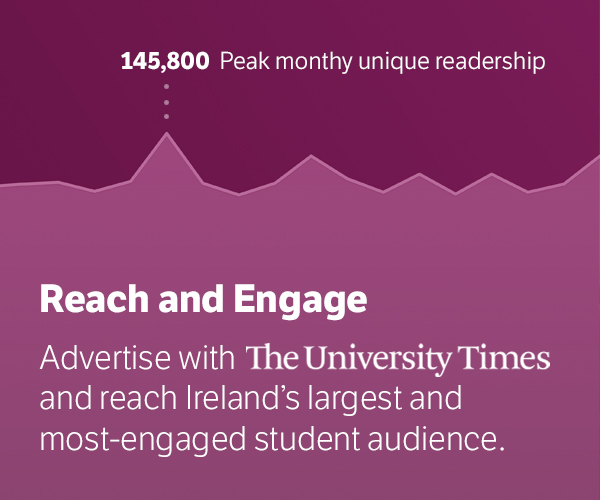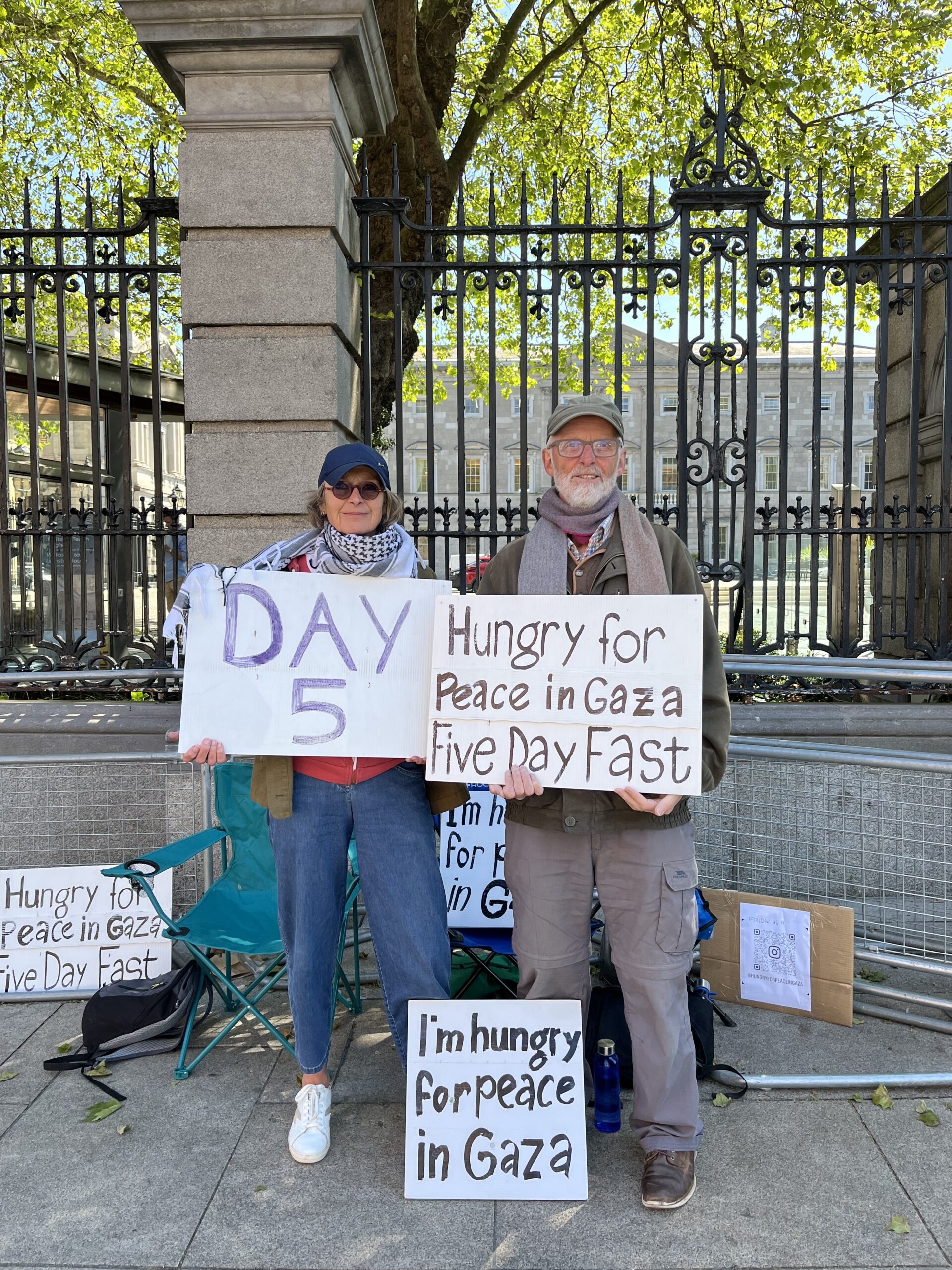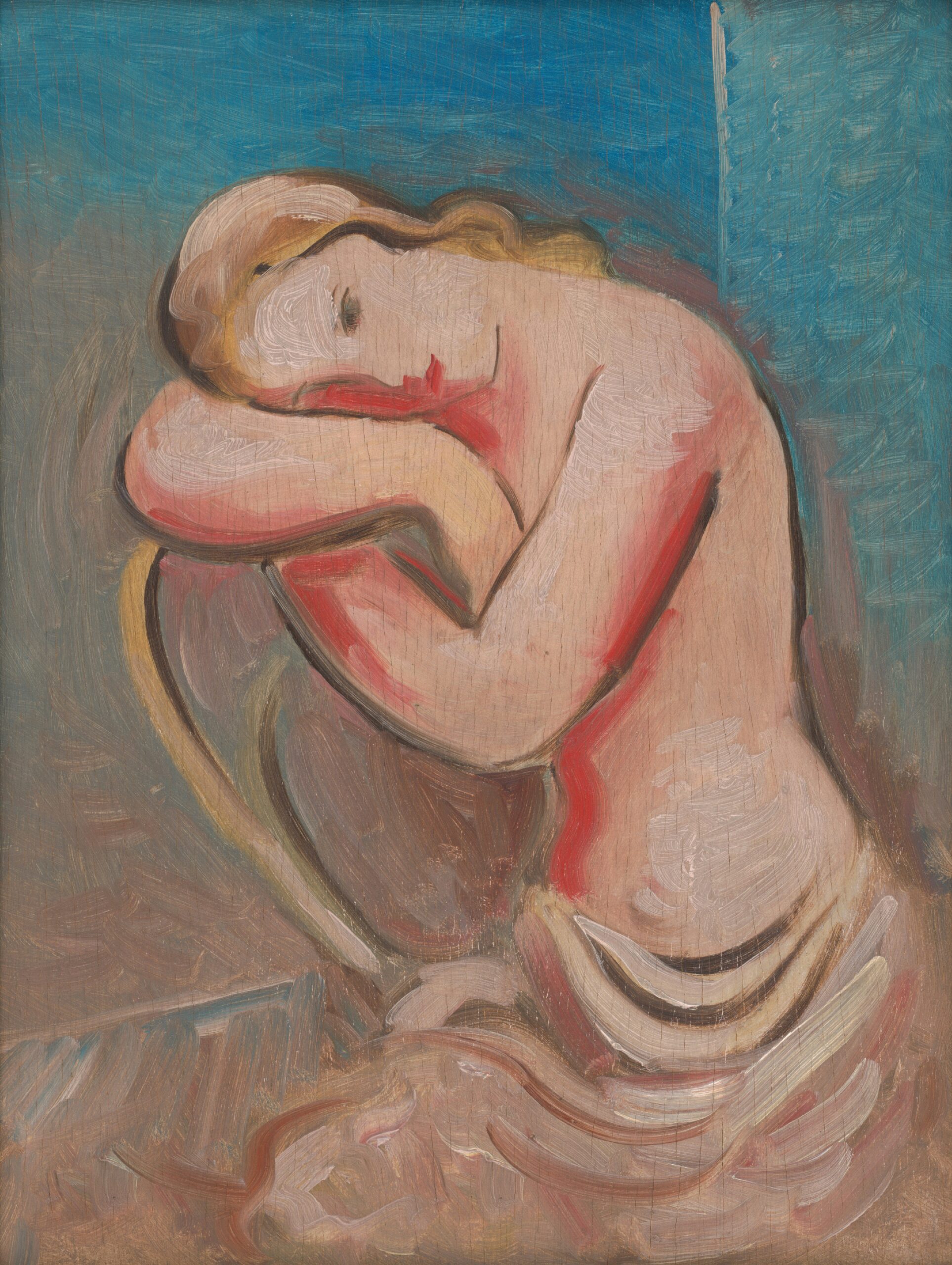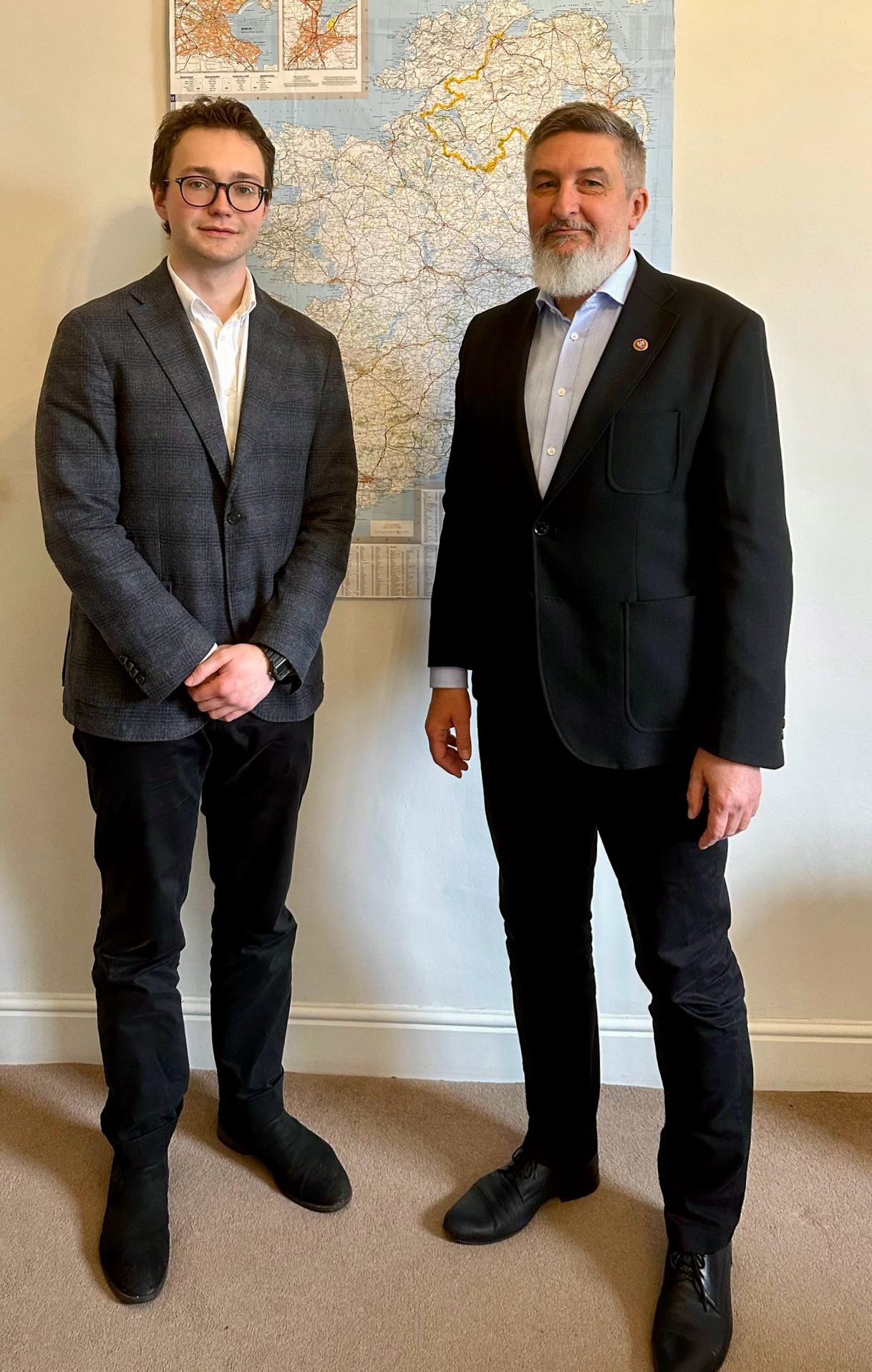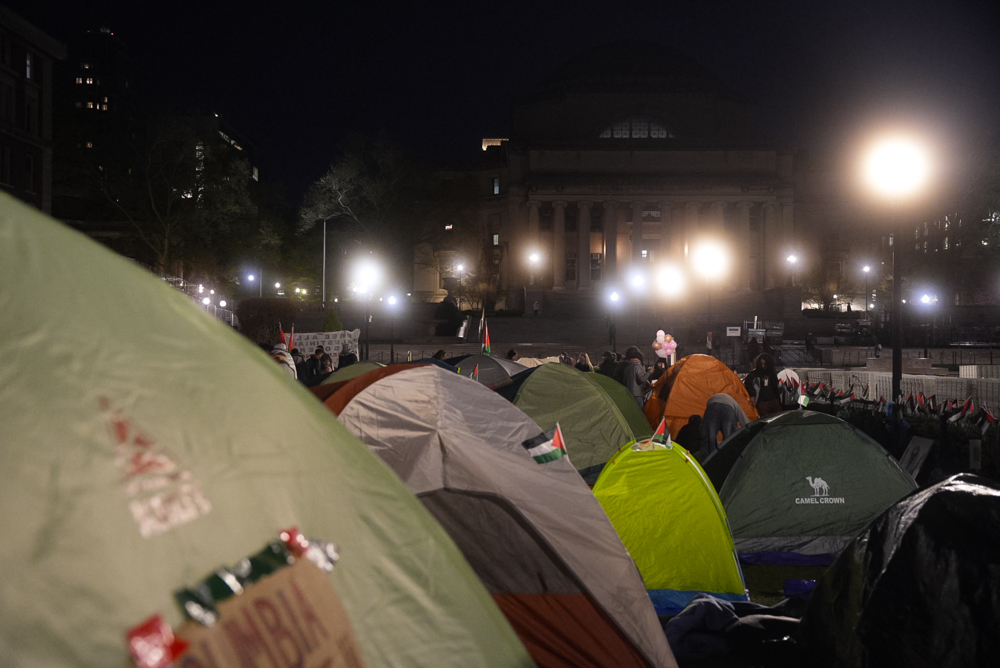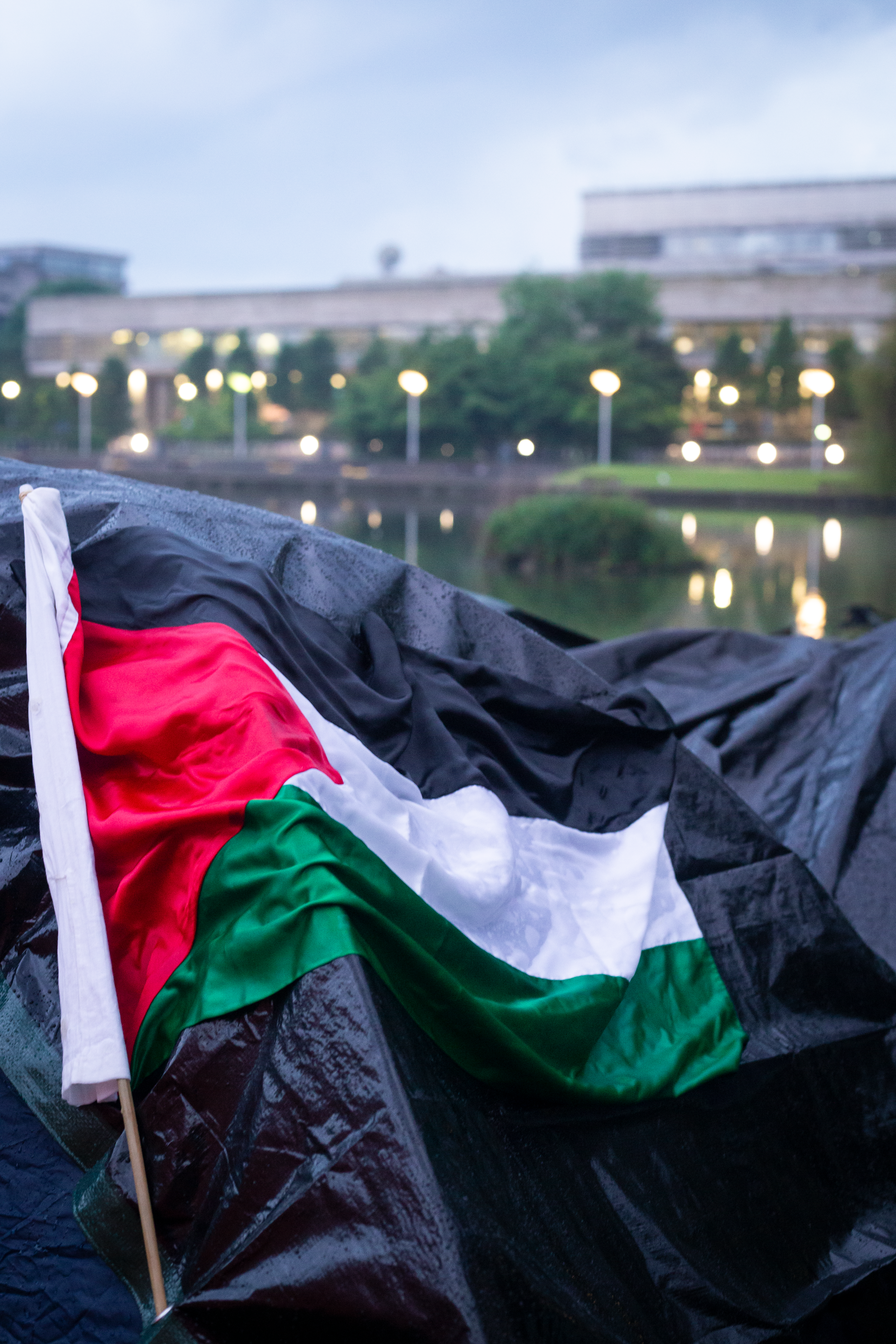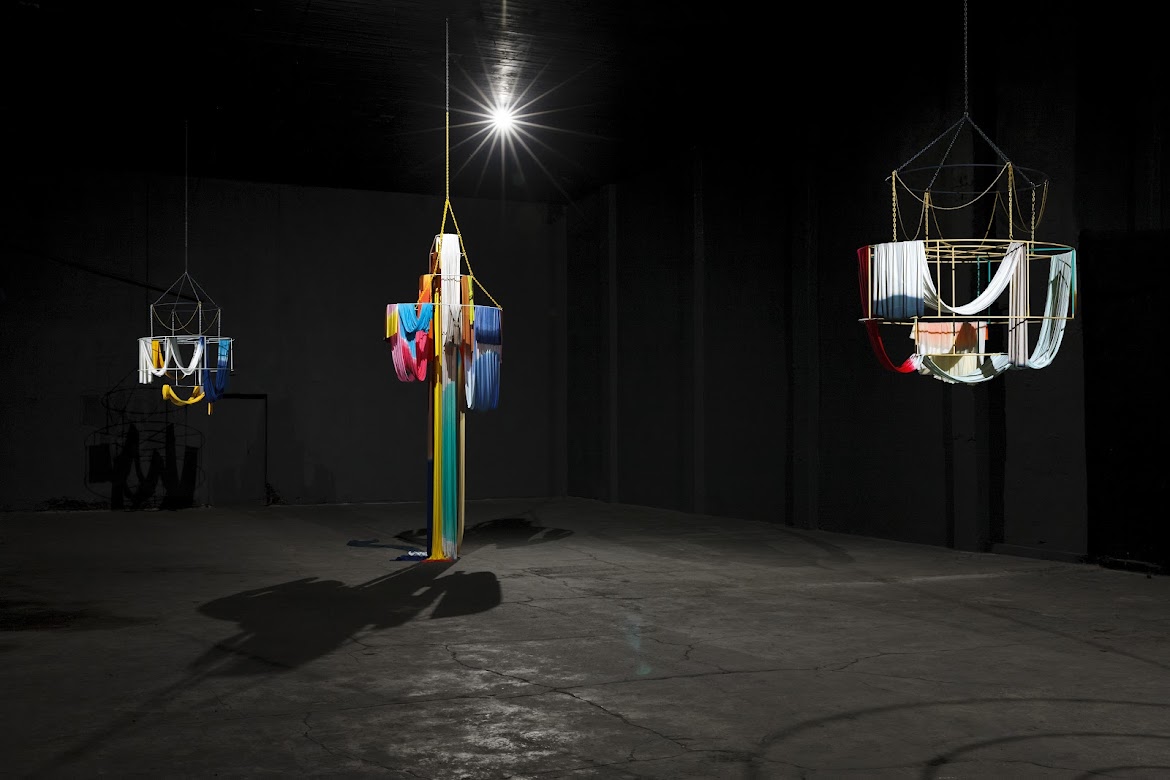
Clara: First, I would like to congratulate you on being chosen to represent Ireland at the Venice Biennale in 2026. This is an amazing achievement. Could you share the opportunity and what it signifies for you personally and within your artistic career?
Isabel: Thank you! It’s easiest to begin with career. It is one of the largest events on the art calendar and one of the most visited exhibitions globally. I’d say it is THE Biennale, I think it’s the only one with national pavilions alongside a major group exhibition.
It is a pretty competitive process, so of course, it is exciting to be selected and it is a very special opportunity to create work with a great team. Sometimes exhibitions can come up quite quickly, but for this, there’s a decent lead in and I can really focus on the work I want to make, knowing other people are really taking care of the rest of the work. It is exciting to work with Georgina again within an intellectual space, to really think about this project and develop it over time.
Clara: So it might be a good time to ask you, Georgina, what will your role be in this?
Georgina: I am the curator of the pavilion and work really closely with Isabel on the development of the exhibition.
A key part of this is the long relationship I have had working with Isabel. The very first exhibition that I curated was in 2004 and as a budding curator I invited Isabel, an artist who I respected hugely, to believe in me and make a new work. The first time I went to the Venice Biennale was in 2005. So, it is an amazing kind of arc to think about, from working with an artist for the very first time and attending the biennale as a visitor, and then over twenty years later to work together on this hugely influential global platform with hundreds of thousands of visitors.
The Venice Biennale was founded in 1895 and has a remarkable history; both the artists who have exhibited there and key exhibitions that have shaped how we think about art. The curator who will oversee the 2026 Biennale is Koyo Kouoh, the Executive Director of Zeitz Museum of Contemporary Art Africa in Cape Town, and the first African woman to curate the biennale. She has a phenomenal curatorial practice which at the core explores how we can think about making the world a better place….so critical at this time.
Isabel’s work is rooted in big subjects but has a remarkable capacity to speak to audiences on a human level, looking for ways to like, or even love, the complex world we’ve made.
Another key part of curating is thinking about how to engage audiences both in Venice and here in Ireland. The exhibition will return to Ireland in 2027 and be shown in three fantastic spaces including The Douglas Hyde.
So I think for all of those reasons, it’s just really exciting to be part of this, and be immersed and part of such trailblazing history, to create such visibility for Isabel and the vitality of visual arts in Ireland, and fundamentally make a brilliant exhibition….one that lives in peoples’ minds for years to come.
Clara: Your work often delves into themes like cosmology, mortality, and mythology. How do you envision these ideas resonating with the distinct context of Venice and amongst such diverse audiences?
Isabel: I’ve always been quite fascinated by Italian culture, and even did an Erasmus in Italy while I was in NCAD. I probably got interested as a kid through mythology and the influence that Greek history and mythology had on the evolution of the Roman world. What I’ve been looking at recently is the history of humanism and the concept of the secular, which emerged with Christian thought, but also has its origins in the writings of Cicero, the first person who uses the word humanitas. I’m looking at a particular time in Northern Italian history – the late medieval, early renaissance period – it seems a hinge moment, massively influential. It feels like a good way to consider what is happening in the world and the shape that Western society is in now. The present moment is obviously so contingent on certain events, decisions and ways in which history unfolded and I am slightly obsessed- or very preoccupied I should say – by the late Middle Ages. How that interest translates into or emerges in the work is an entirely different matter.
Clara: You have described art as having a strange and special capacity to make and test powerful kinds of community. In what ways do you hope to foster a sense of connection and shared experience?
I say it because I feel it, because I believe that it is true. Art has been a very important part of my world since I was a kid, and even from my early teens as a way to think about the world – not just to represent it. I find forms of love or solidarity and forms of learning and pleasure and confusion in the visual arts. I turn to literature a lot too, but there’s something about the visual arts that I find profoundly, peculiarly compelling, and I know that other people do too. In a sense it’s very simple, it’s not necessarily thinking about how to activate a specific audience. It is about a collective capacity to say hello to the world and have the world say hello back in a material way.
Clara: Following on from that, your practice includes a variety of media, including sculpture, text, styles photography and writing. Can you share any hints about the kinds of work on media you might consider?
I can’t provide any specific details about what one can expect to see at the moment, although I can say that I will be, as with my previous exhibitions, using various mediums.
Clara: In announcing the appointment Minister Catherine Martin emphasised the Venice Biennale as a pivotal moment for Irish visual arts. How does it feel to represent your country with such a dynamic arts community, and what does it say of contemporary Irish art on the global stage?
Georgina: It is truly a pivotal moment…it represents the brilliance of the visual arts community and the ambition and confidence here. Ireland is known as a country that punches far above its weight creatively. It positions Ireland as being one of many international places that produces significant contemporary art on a global level.
It also speaks to how an ecology is supported, how the artists of the present and future, are in a position to be ambitious and to continue to make bold work. There is already huge interest internationally in how Ireland has introduced the Basic Income for the Arts’ pilot scheme and what that can mean for artists but also what basic income would mean more broadly; the positive effects it has on society at large.
Isabel: Exactly, you need these moments of attention. Because we live on an island, we have this physical bridge that needs to be crossed. Not only is it more difficult to get people to come here, but also financially, it is much harder to get work out to an audience. What we hope is for anything like Venice to be indicative of the rich and brilliant and varied scene in Ireland. Because when people come here, they’re really impressed, but we don’t necessarily have the infrastructure for communicating that in a really consistent way. So an event like this allows people to have conversations about what’s going on in Ireland and to view people working in different ways.
There’s brilliant artists here, really, really brilliant artists, and so it’s about giving them the stage to show their work. People get invested in Venice and want you to do a good job because in a sense they don’t want you to let the country down!
Georgina: Yes, the event is crucial when platforming Ireland’s visual arts ecology. Isabel and I have both come up through working and being part of the community here, have worked here and internationally, and are committed to the richness of this ecology both now and into the future.
Clara: Following the Biennale your work will embark on a national tour, across Ireland. How important is it for you to bring what you’ve created for Venice back home again? What do you hope that audiences will take from it?
It’s interesting to have a major exhibition brought back home. I have had a few really significant exhibitions in Ireland over the years, and there’s a mixture of real pleasure, having a supportive audience familiar with the work, and a hope that people aren’t sick of me! My work has changed over time so I suppose I always want people to come with me, to feel moved by or interested in whatever is moving or interesting to me at a given moment.
Of course, there is also an emotional dynamic to showing at home. As Georgina mentioned, I’ve made my practice here. I came out of college at a time when a lot of people moved away to London, New York and Berlin. Now unfortunately, we are encountering another period of this. A lot of those moves were to an extent voluntary at that time because there wasn’t a huge amount of artistic opportunity here. Sadly, now people simply cannot afford to stay here which is really, really sad. So I’ve always been very connected to the Irish arts scene and it’s really important to me.
Clara: What impact do you hope your participation will have on the understanding of your work and art’s presence on the international art scene?
Isabel: I feel there’s a kind of separation between professional practice and the artistic work that you want to be doing. In one respect, the great thing about working with some one like Georgina is that as a curator she is thinking about a whole bunch of things that I don’t need to think about, which is a major luxury. You don’t get that with every exhibition opportunity. A lot of the time you have to carry administrative burdens and other kinds of practical things with you. But in this instance, I’m solely focused on the work. I’m thinking about what is it that I want to make and what I want it to be doing.
In a very straightforward way, I would hope that more people see the work and this would lead to invitations to exhibit or participate in projects in other countries, grow my profile internationally and meet people from different locations to work with. That could follow on from a really successful exhibition. But primarily, I really want to make a great exhibition and ensure that, come April 2026, I’ll be happy and very excited for people to see what has been created.
Clara: Slightly related to this is a question of satisfaction. How do you navigate the sense of finality and how it intermingles with performativity whenever you create something? Is it a feeling?
Isabel: In terms of exhibiting it tends to be really fleeting. I might have a rush of days of feeling great and that something is been accomplished. I can’t ever bring myself to say that I am proud of something but even when I experience something akin to that, then the moment when I fall off a cliff, fall out of love with the work or more to the point feel like I’ll never have another idea is always around the corner… I’m rarely satisfied for long, unfortunately.
It is interesting to think about how to stay in love with your work when you almost need to fall out of love with it. There is a combination of wanting to move on because you don’t want to stay with the thing that is completed, but also it is of course important to try to value what you’ve done, while also asking “What’s next?”. The lovely thing about touring exhibitions is that you reinvent the exhibition for each space, you even find new things in your own work.
Georgina: When you’re working with an artist as a curator it is so special because you see an incredibly exciting practice and all of this promise, but you are also working towards a public or exhibitionary moment.
Isabel has a unique ability to make something that creates a sense of beauty or a sense of awe that almost destabilises you as a person. This is what we want to achieve. We want people to go and see this exhibition and see Isabel’s work and fall in love with the world.
I think what is really exciting about Venice is its national tour and for it to be seen by so many people across the island, but also just what it means to encounter an artwork, which is so special and unique. I think about the feeling that everyone shares from reading a book or from looking at a painting are these moments where you kind of don’t feel so alone in the world.
